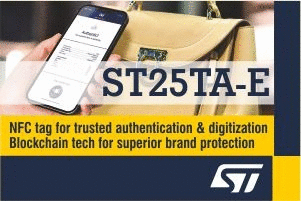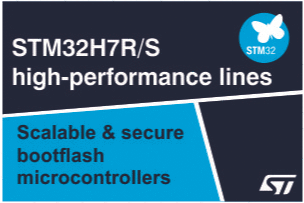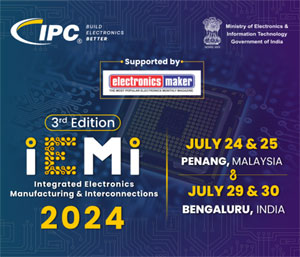In recent years, predictive technologies have revolutionized the healthcare landscape by shifting the focus from reactive treatment to proactive and personalized care. These advancements rely on data analytics, artificial intelligence, and machine learning to anticipate individual health needs, allowing for earlier interventions and more tailored treatment strategies.
As the healthcare system faces rising costs and increasing demand, predictive technology offers a vital tool to improve outcomes, reduce expenses, and empower individuals to take greater control over their health. By identifying risks before they become crises, predictive solutions are transforming how we approach medical care at both the individual and population levels.
Improving Outcomes Through Early Detection
One of the most impactful benefits of predictive technologies is the ability to detect health issues before they become severe or life-altering. For instance, traumatic brain injuries (TBIs) can have profound and long-lasting effects, both physically and financially. According to Northwestern Now, the lifetime medical costs of a TBI can range from $85,000 to over $3 million.
With predictive tools analyzing data from wearables, electronic health records, and imaging, physicians can identify early warning signs or high-risk behaviors that may lead to such injuries. In high-risk populations—like athletes, military personnel, and the elderly—these technologies help implement preventative measures that can dramatically reduce the severity or occurrence of TBIs.
Beyond injury prevention, early detection also applies to chronic diseases such as diabetes, hypertension, and heart disease. Predictive analytics can assess risk factors based on genetics, lifestyle, and environmental influences, prompting earlier lifestyle interventions or clinical screenings. This kind of foresight not only enhances patient outcomes but also significantly lowers the financial burden on healthcare systems.
Enhancing Accessibility and Responsiveness
Predictive technologies also play a critical role in making healthcare more accessible and responsive. Healthcare providers increasingly use real-time data to anticipate patient volume, allocate resources, and streamline urgent care services. According to the Urgent Care Association, 26.5% of adults have visited an urgent care facility within the past year, highlighting the growing reliance on immediate and convenient care options.
With predictive systems in place, urgent care centers can better prepare for spikes in demand due to seasonal illnesses, community events, or local outbreaks. Moreover, integrated technology platforms can flag patients who are likely to need urgent care based on their health history and current data trends. This allows for preemptive care coordination and helps reduce wait times, overcrowding, and unnecessary emergency room visits. For patients, this means quicker, more efficient care tailored to their needs—delivered at the right time and place.
Addressing Preventable Health Issues
A major strength of predictive technology is its potential to mitigate preventable health issues through education, monitoring, and timely intervention. For example, untreated dental conditions remain a widespread and often overlooked public health problem. According to Gitnux, around 19% of Americans have untreated cavities—an issue that can lead to more serious health complications if left unaddressed.
Predictive tools can track oral health data and habits, alerting users and healthcare providers about potential problems before they escalate. For patients who may lack regular dental access, mobile health applications and AI-powered virtual consultations can serve as critical touchpoints for prevention and education. In broader public health settings, these technologies allow organizations to identify high-risk groups and deploy targeted outreach programs to improve community health outcomes.
Furthermore, the use of predictive modeling in health insurance, wellness apps, and telemedicine platforms contributes to a more holistic and proactive approach to care. Personalized recommendations based on predictive insights help users make informed decisions about diet, exercise, and medication adherence—ultimately promoting long-term wellness and reducing avoidable complications.
Conclusion
Predictive technologies are reshaping the future of healthcare by enabling personalized, preventative, and data-driven approaches to health management. Whether it’s reducing the risk of costly injuries, improving the efficiency of urgent care services, or addressing preventable conditions like untreated cavities, the application of these tools leads to more effective and individualized care.
As these technologies continue to evolve and integrate into our daily lives, they offer unprecedented potential to anticipate health needs, reduce systemic strain, and empower individuals to take control of their well-being. The path forward in healthcare is not just about treatment—it’s about prediction, prevention, and personalization powered by technology.






